Start A Simple Hair Care Routine
Good hair doesn't need seventeen products or complicated routines. Most of us can achieve healthy, great-looking hair with just the basics and a little knowledge. The key is to understand what your hair needs instead of following generic advice or chasing trends.
The Importance of Hair Care
Hair care goes beyond avoiding that 1980s rock star look (unless you're into that). Good care keeps each strand healthy from root to tip. Your hair follows the same rules as your favorite t-shirt - ignore proper care and it ends up faded, stretched out, and sad-looking. Regular maintenance prevents the usual hair crimes: breakage, dryness, and those scalp situations we all pretend not to notice.
Figure Out What Is Growing Out Of Your Head
Knowing your hair type is crucial. Different hair types respond differently to products and treatments. This is the key to an effective hair care routine.
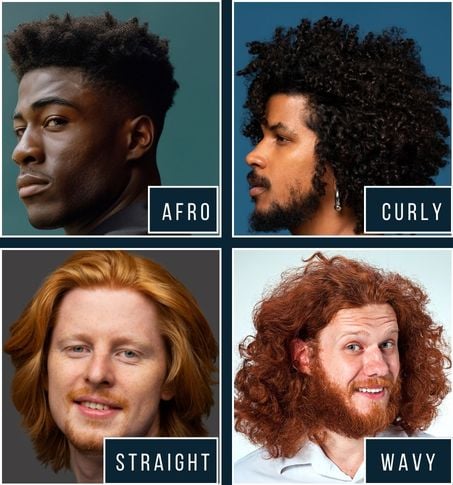
What Is Your Hair Type?
Walking into a store full of hair products without knowing your hair type guarantees disappointment and wasted money, much the same disaster as when you buy jeans online without knowing your size. Hair generally falls into four main categories: straight, wavy, curly, and coily. Straight hair gets oily faster than a teenager's forehead, while coily hair is constantly sending thirst signals. Wavy and curly types fall somewhere in the middle, each with their own drama.
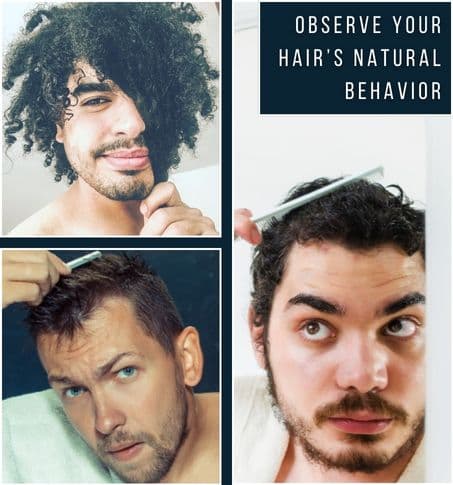
How does your hair behave?
To find out your real hair type, wash your hair, skip any products, and let it air dry without touching it (yes, this means temporarily looking like you've been electrocuted). Your hair might hang straight down as if auditioning for a shampoo commercial, form beachy waves, create spirals, or develop tight coils that defy gravity. This natural pattern reveals exactly what your hair needs.
What's Your Hair's Personality?
Beyond the pattern, your hair has other important traits. Hair can be fine and light, medium and well-behaved, or thick and strong enough to break hair ties. Fine hair gets crushed by heavy products much like a pancake under pressure. Thick hair soaks up moisture as if very thirsty. Your hair also deals with water differently - some hair quickly absorbs water (high porosity), while other hair repels water like it's wearing tiny raincoats (low porosity).
The Only Tools and Products You Need
Now that you've gotten to know the hair you're actually stuck with (not the hair your favorite influencer has), it's time to gather your weapons of mass hair improvement.
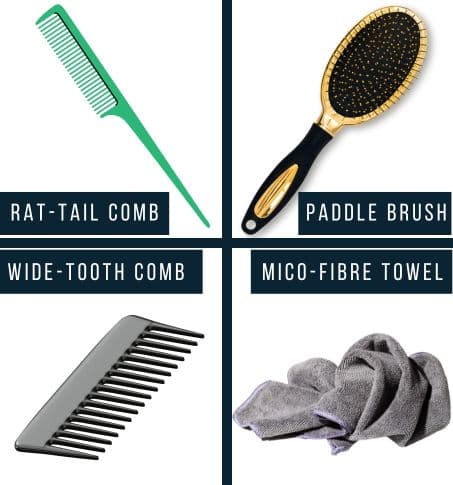
Tools for Healthy Hair
Start with tools that protect your hair: a brush that matches your hair type (boar bristle for fine hair to help distribute oil, paddle brush for straight hair, wide-tooth comb and paddle brush for curls), microfiber towels that dry without causing damage, and silk or satin pillowcases that reduce friction while you sleep. These basics can prevent unnecessary breakage and keep your hair healthier long-term.
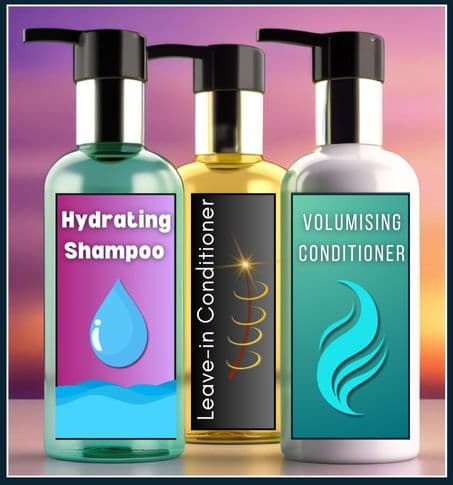
Hair Products that Hydrate, Volumize and Balance
Forget about buying whatever has a flashy bottle or the most exotic-sounding ingredients. Focus on products that address what your hair needs – hydration for the desperately dry, volume for the sadly flat, and balance for the oily-but-also-somehow-dry crowd. Most people can survive with a decent shampoo, conditioner, a leave in conditioner and maybe one styling product that is easy to use.
Daily Hair Habits That Don't Require Three Hours
The best hair care routine is one you'll actually stick with – not one that makes you wake up at 5 AM or requires an extra bathroom just for products.
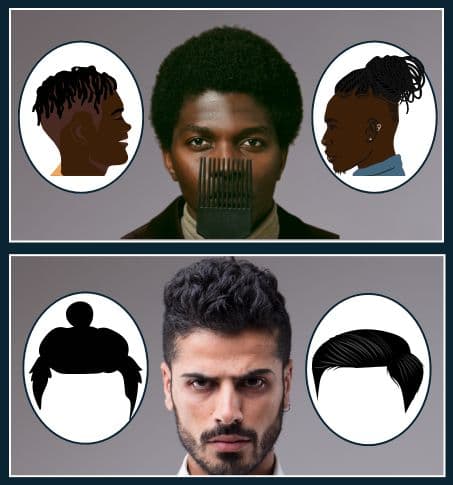
Protective Hair Styles
Your hair deals with sun, wind, and friction daily. Give it some protection with styles that keep it contained without causing damage. Avoid hairstyles that pull too tight or stress your scalp. Gentle ponytails, loose braids, or simple twists keep your hair safe while you go about your day. These styles minimize damage while still looking good.
Shampooing Less Can Be More
Don’t over-shampoo. It can strip your hair of natural oils. Some people do well with washing a couple of times a week. This depends on your hair type as some hair types for example Afro hair can go considerably longer without washing, as long as there is no heavy product build-up. Focus on your scalp when you shampoo and let the suds clean your strands.
Conditioner Is Your Hair's Favorite Meal
If shampoo is the necessary evil that strips away dirt and excess oil, conditioner is the hero that restores moisture and prevents your hair from feeling like straw. Apply it mainly to the mid-lengths and ends, where damage and dryness host their wild parties. Use a wide-tooth comb to make sure every strand gets its fair share, then rinse thoroughly, unless you're going for the ‘I haven’t showered in days’ look.

Heat Styling Is Your Hair's Sworn Enemy
Your hair straightener might deliver temporary smoothness, but it's secretly plotting against you. Regular heat styling weakens your hair over time and damages it for good. If you must use heat, apply a heat protectant (which works about as well as sunscreen – helpful but not magical) and use the lowest setting that gets the job done. Regular heat-free days give your hair a chance to recover.
Occasional Treatments That Make a Big Difference
Some hair care steps are like dessert – not required daily but wonderful as an occasional treat that delivers big results.
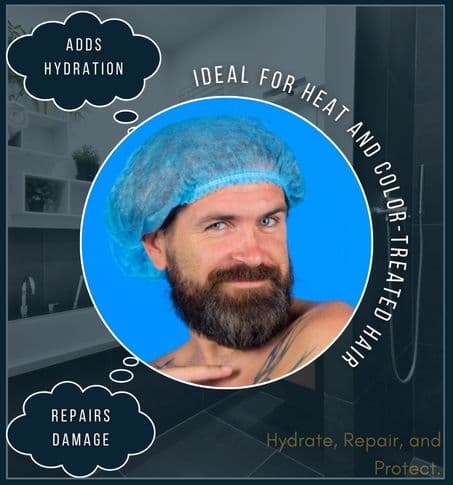
Deep Conditioning
When your hair looks dry and damaged, a deep conditioning treatment can revive it. These intensive moisturizers work better than regular conditioners, especially for heat-styled, colored, or naturally dry hair. Use one weekly or bi-weekly, and follow the package directions. Don't leave it on longer than recommended,as that won't give extra benefits - the product can only do so much.
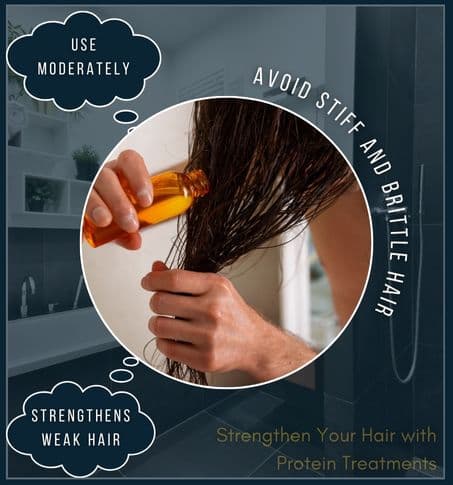
What are protein treatments?
Hair is mostly protein, so when it's damaged it responds well to protein treatments. They temporarily fill gaps in your hair’s outer layer, making it stronger and less likely to snap. But, if you use them too much, your hair becomes stiff and brittle. Most hair benefits from protein treatments every 4-6 weeks, but adjust based on how your hair responds.
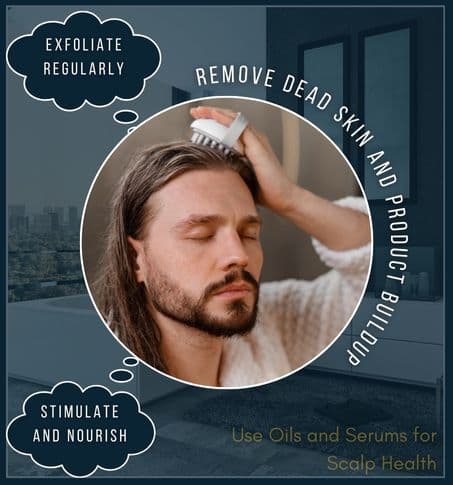
Scalp Health
Your scalp deserves more attention than it gets. Nobody sees award shows for "Best Supporting Scalp," but it does all the behind-the-scenes work. Regular gentle exfoliation removes dead skin cells and product buildup that clog hair follicles and sabotage new growth. Specialized scalp products balance moisture levels for happier hair overall. A healthy scalp not only grows better hair but also saves you from that awkward public scratching that makes people slowly back away from you.
When Things Go Wrong (And They Will)
Even with perfect care, hair has its dramatic moments. Here's how to handle the common crises without resorting to hats.
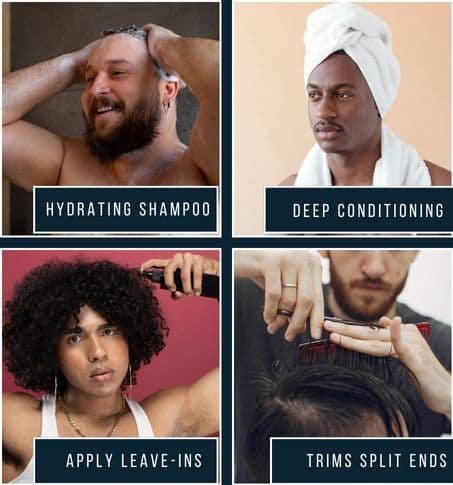
Solutions For Hair Emergencies
For hair that insists on staying dry, get rid of the harsh sulfates and treat your hair to a weekly moisture mask. When your hair gets frizzy, it needs more moisture, like a leave-in conditioner or a few drops of lightweight oil. Split ends can't be glued back together with products, no matter what those hair-fix bottles claim. Only regular trims get rid of them for good.

When To Call In The Professionals
If your hair keeps giving you trouble even when you try your best, talk to a pro who didn't learn hair care from TikTok. A skilled hair stylist can give you advice that works for your unique hair type, while a skin doctor can help with medical conditions that affect your scalp and growth patterns. Stick with any new hair routine for at least a month before giving up - hair takes its sweet time to show changes.
Myths That Need To Burn In A Fire
The hair care world is packed with outdated advice that doesn't actually work. Let's look at what's true and what's just old myths so you can focus on what will really help your hair.
"Brush 100 Times Daily For Shiny Hair"
Unless you're auditioning for a Victorian novel, ignore this old-school advice. Too much brushing just damages your hair through friction and pulling. Brush gently and only when you need to detangle or style. A few good strokes spread your natural oils just fine without breaking your hair. Quality matters more than quantity when it comes to brushing.
"Regular Trims Make Hair Grow Faster"
Your hair grows from your scalp, not your ends - trimming the tips doesn't speed up growth any more than cutting your nails makes your fingers longer. However, regular trims remove split ends before they can cause more damage up the hair strand. Freshly cut ends also absorb products better and look thicker, which might trick you into thinking your hair is growing faster.
"Switch Shampoos Regularly Or They'll Stop Working"
Your shampoo doesn't develop immunity to your hair like bacteria to antibiotics. If your go-to product seems less effective over time, the culprit is usually product buildup or changes in your hair's condition, not the shampoo taking a dislike to your hair. Choose products based on what your hair needs right now, not because you think you need to switch brands regularly.
"Cold Water Rinses Make Hair Shinier"
While refreshing, that final cold water rinse isn't transforming your hair's structure. Hair cuticles don't open and close like tiny mouths based on water temperature. Shine comes from healthy hair that reflects light well – achieved through proper conditioning, minimizing damage, and appropriate styling products. The cold water might wake you up, but it's not giving your hair a glossy magazine finish.
Building Your Personal Hair Plan
Now that you know what works, it's time to create a routine that fits your real life, not the fantasy one where you have a live-in personal assistant and two extra hours each morning.
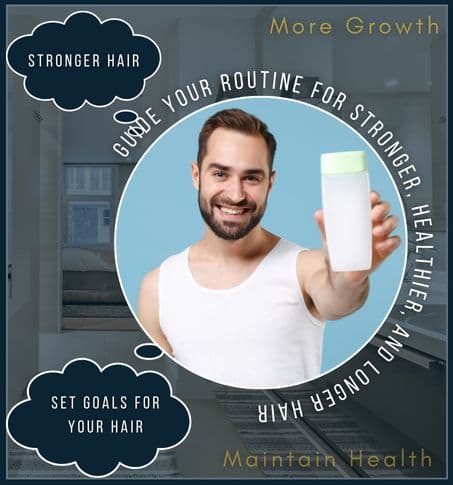
Set Realistic Hair Goals
Be honest about what you're trying to achieve – stronger strands, more growth, enhanced texture, or just hair that doesn't look bad. Your goals determine which products and treatments to prioritise and how often to use them. Remember that your hair has genetic limitations – it won't suddenly change texture because you wished really hard.
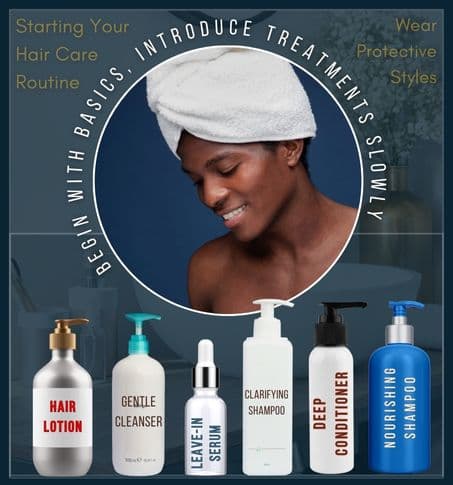
Keep It Simple, Sunshine
Start with the basics: cleanser, conditioner, minimal heat, and protective styling. Add specialized treatments only as needed. Evaluate products based on results, not promises or price tags. Your perfect routine should fit your lifestyle – an elaborate 15-step system will collect dust faster than that exercise equipment you bought during lockdown.
Final Thoughts
Hair care isn't static – your routine should evolve with seasons, age, health changes, and that dramatic color decision you made after a breakup. Experiment thoughtfully, track what works, and remember that quality trumps quantity every time. Focus on sustainable habits rather than magical overnight transformations.
With patience and consistent attention, your hair will reward you by looking good MOST of the time. Now go forth and have good hair days – your future self (and everyone who has to look at you) will thank you.
With patience and consistent attention, your hair will reward you by looking good MOST of the time. Now go forth and have good hair days – your future self (and everyone who has to look at you) will thank you.

affiliate disclosure
Thank you for supporting us! Clicking our affiliate links helps keep this site running at no extra cost to you. We earn a small commission while helping you find great deals and discounts.
view full disclosure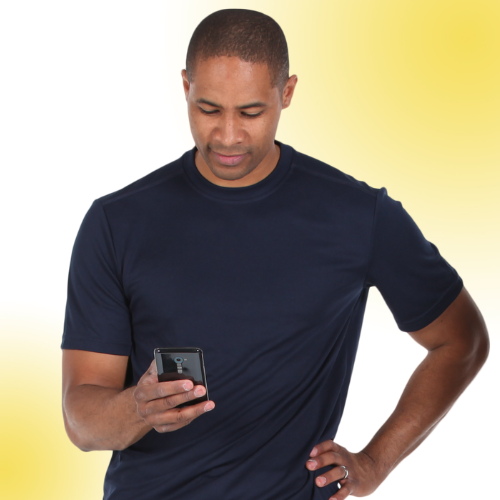
Get In Touch
Got a question, suggestion, or thought to share? Drop us a message, and we’ll get back to you soon. Thank you for your feedback—it helps us improve!
